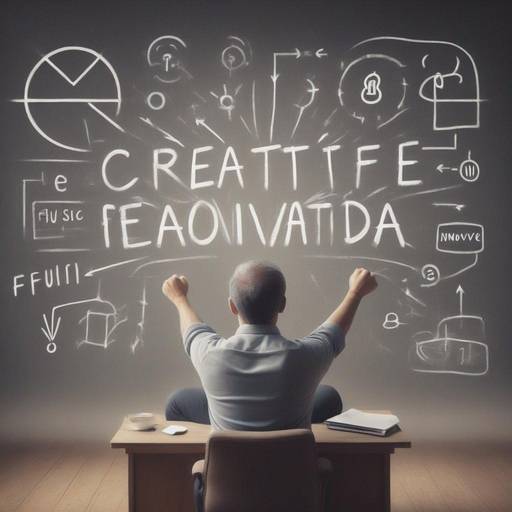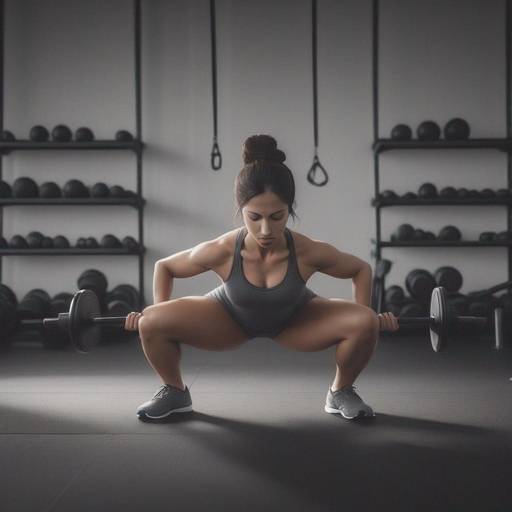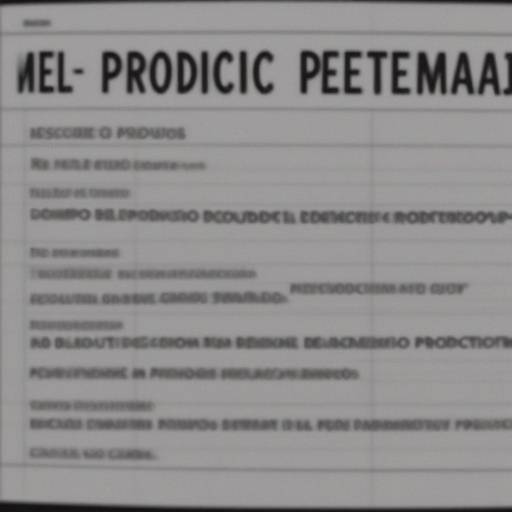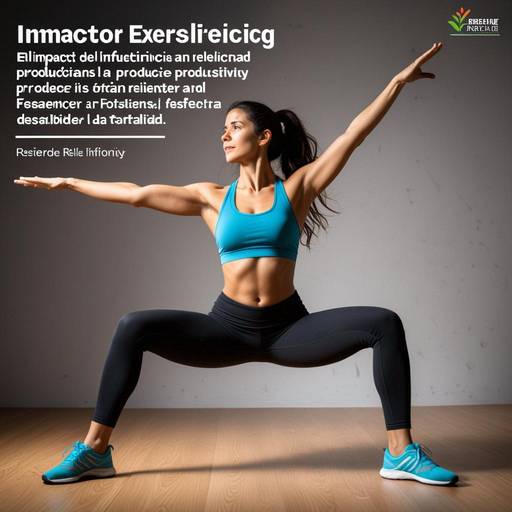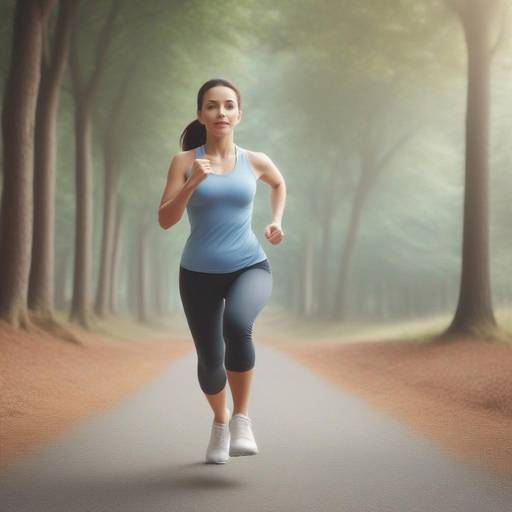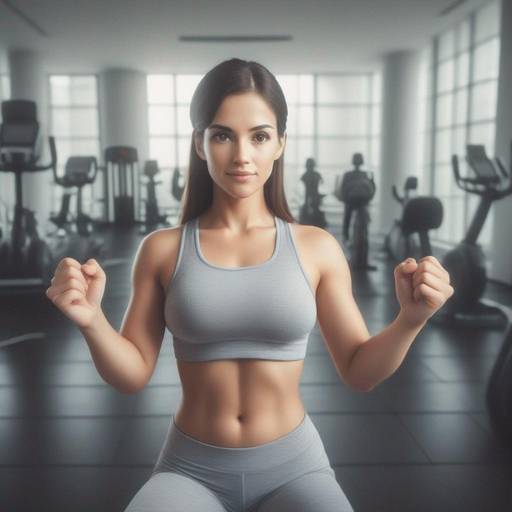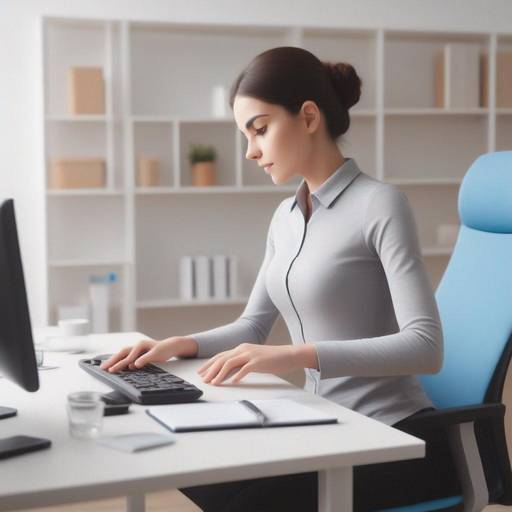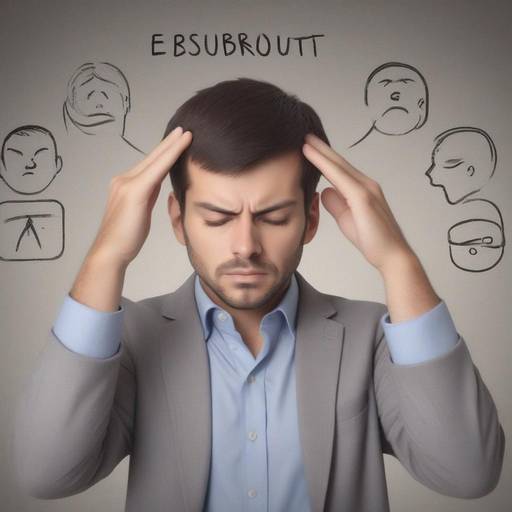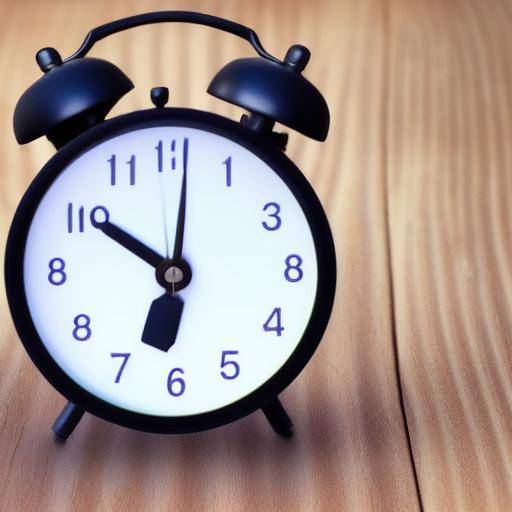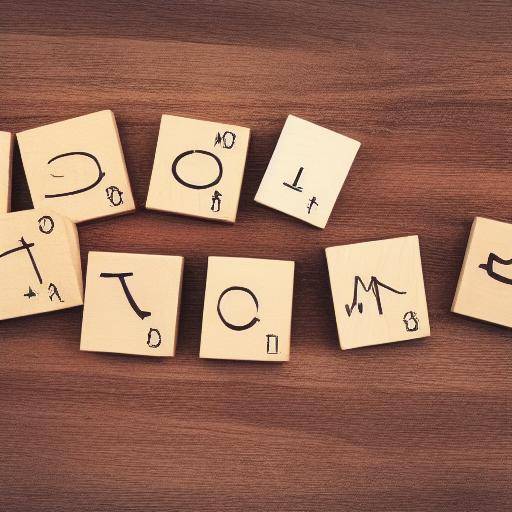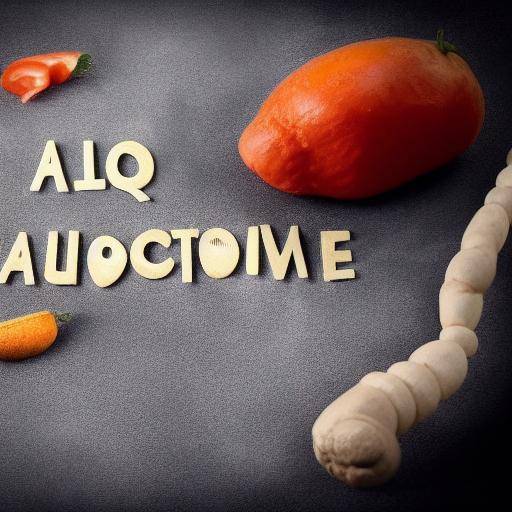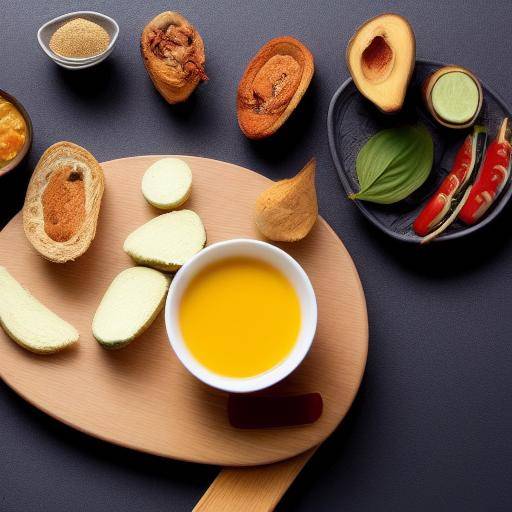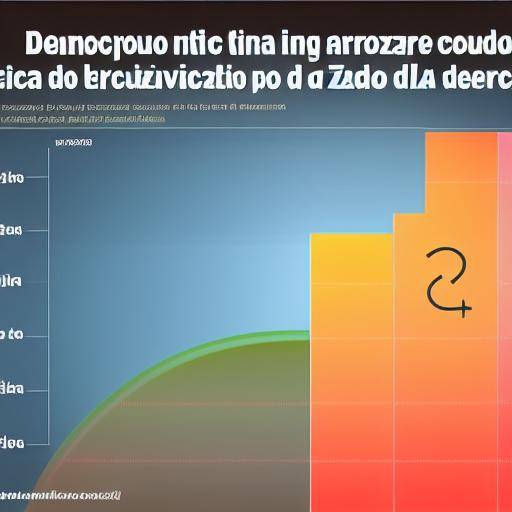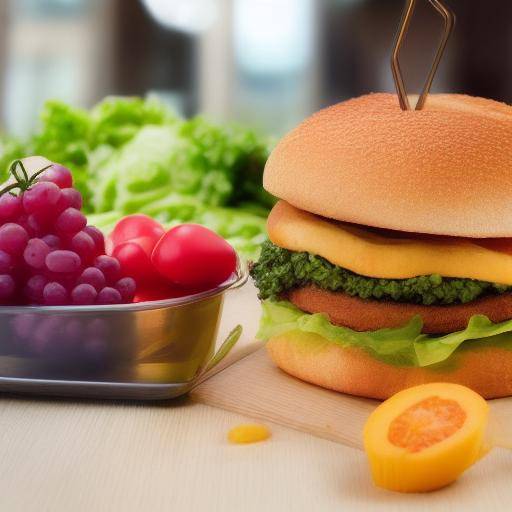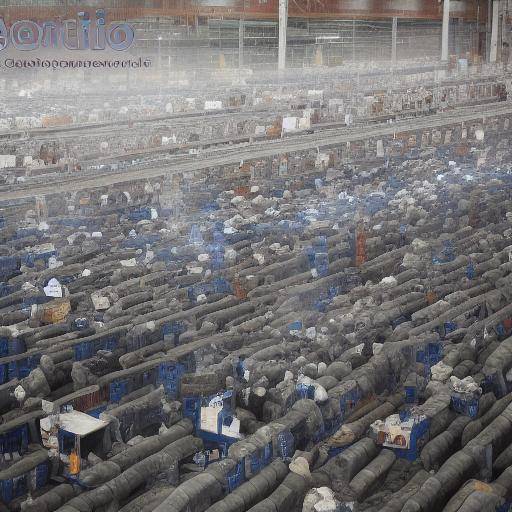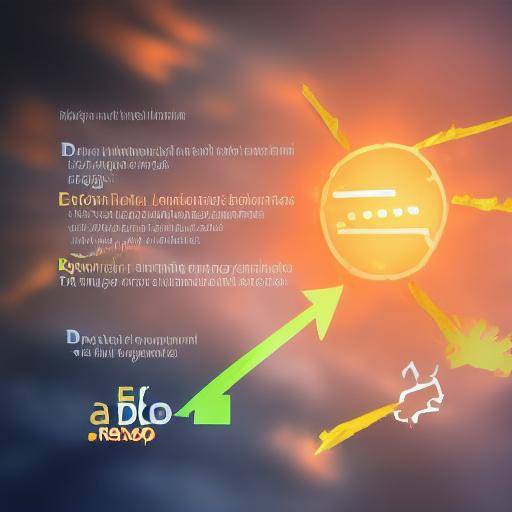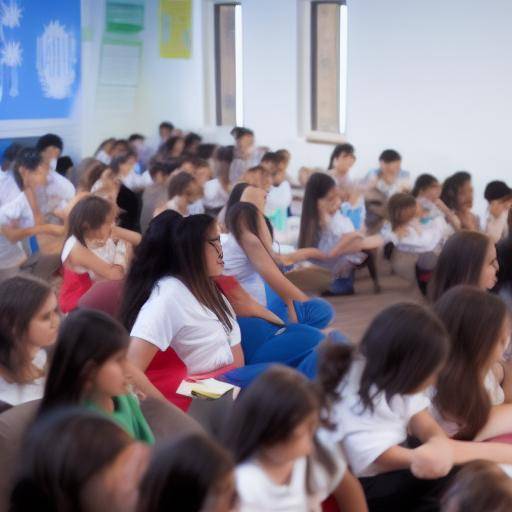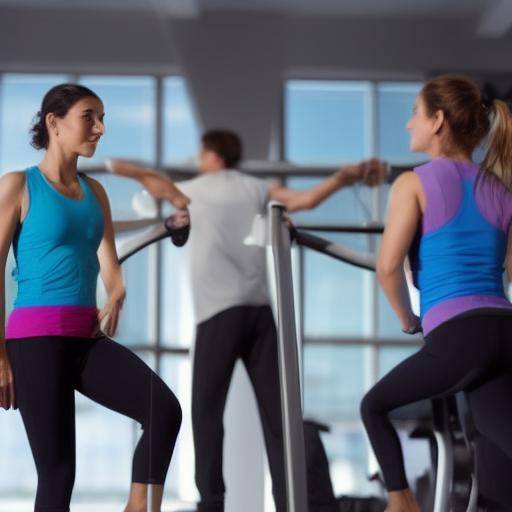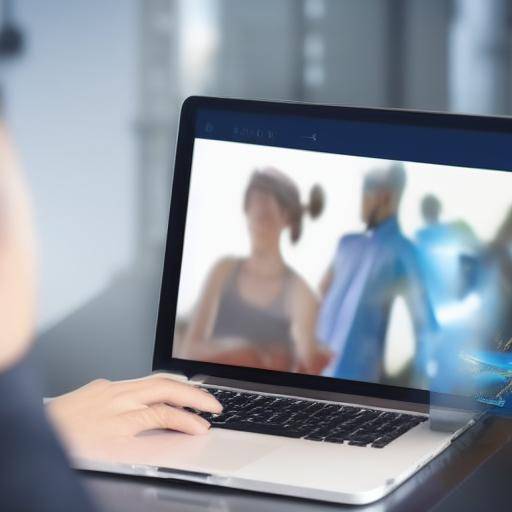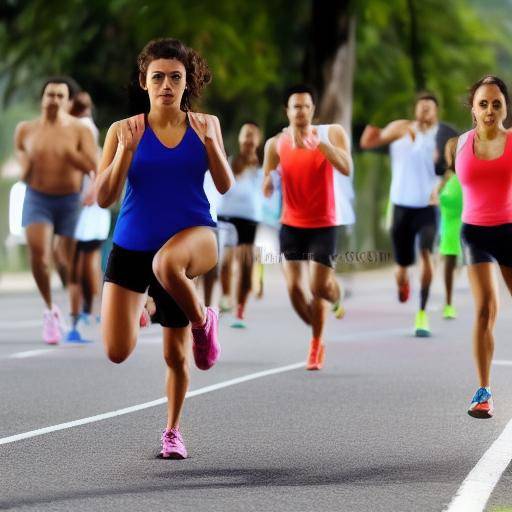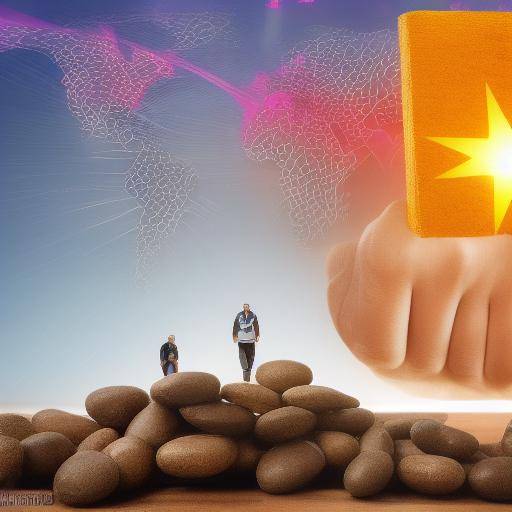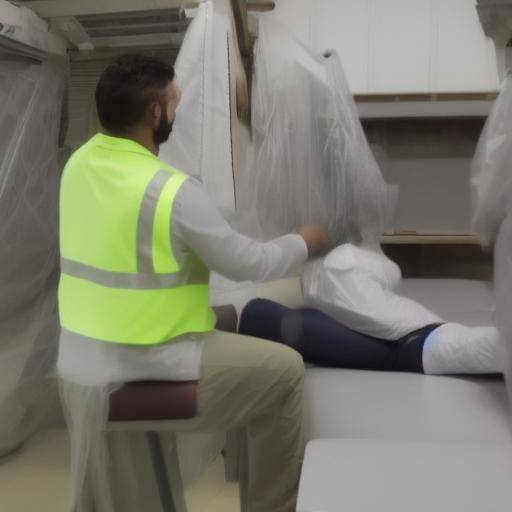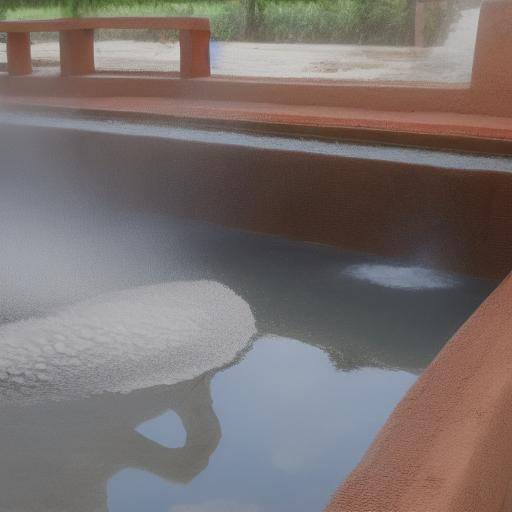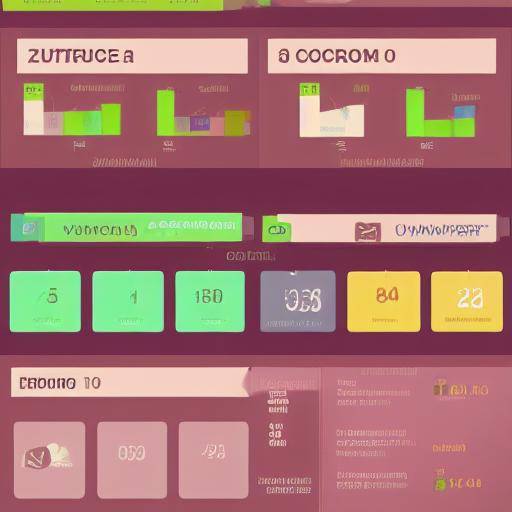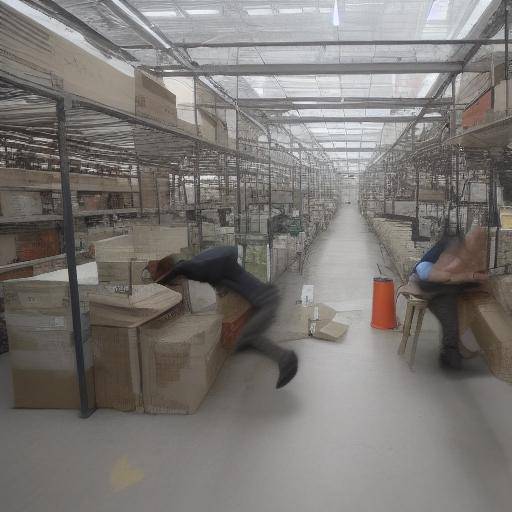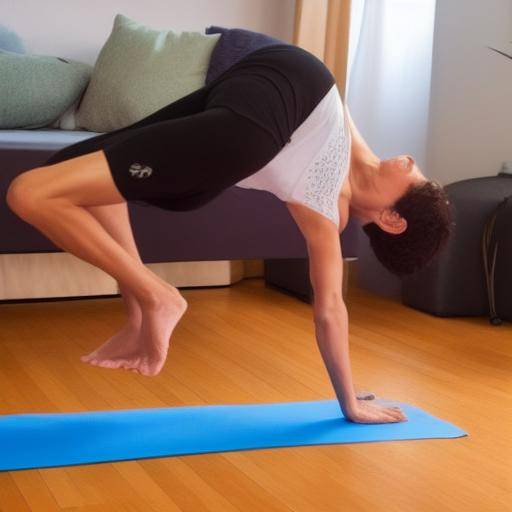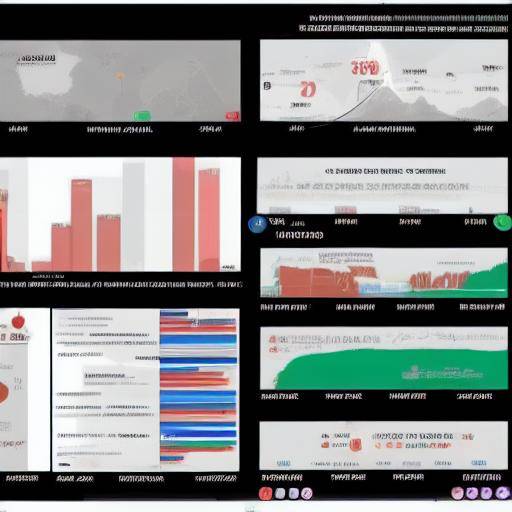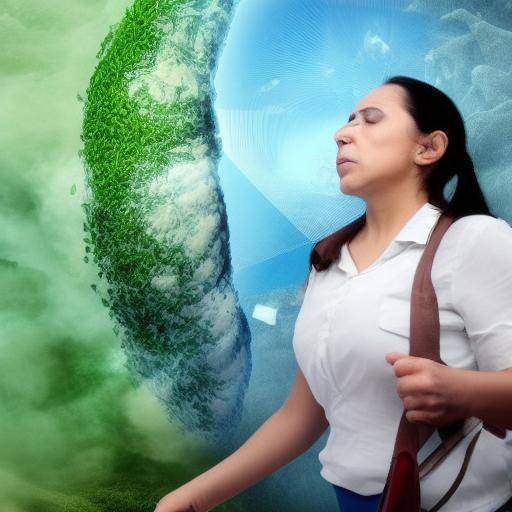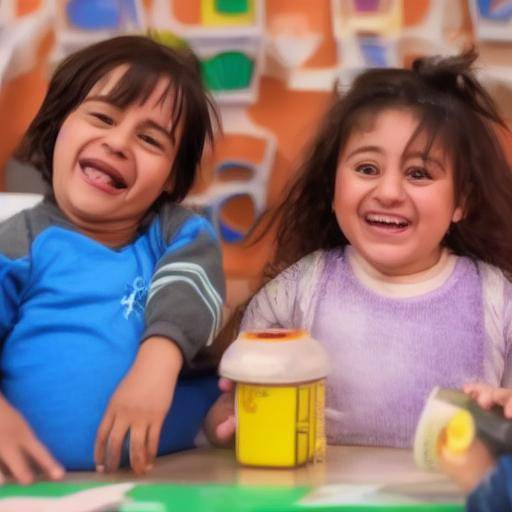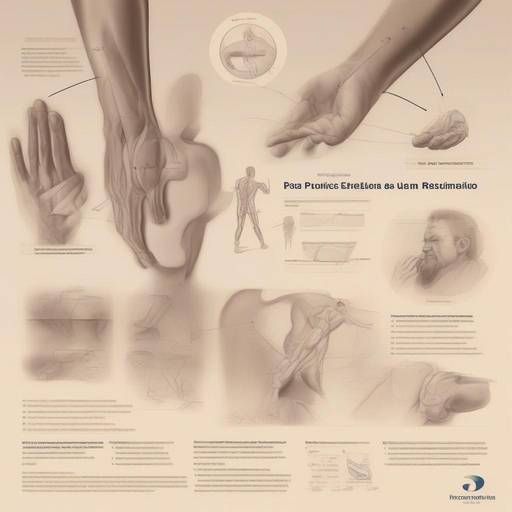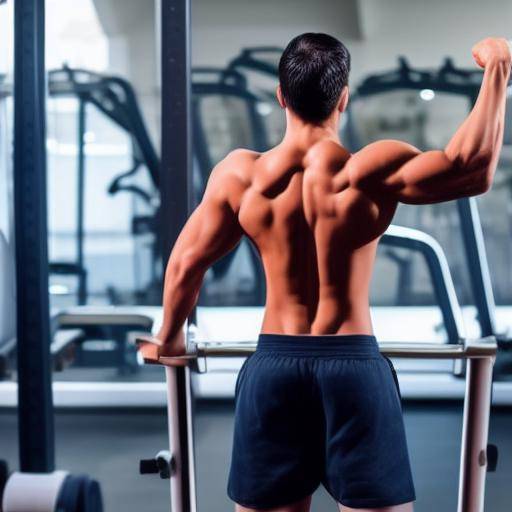
Stress is one of the most common problems in today's society, affecting both mental health and physical well-being. In this article, we will explore in detail the importance of progressive muscle relaxation (PRM) as an effective technique to reduce stress and improve physical well-being. From its history and evolution to its benefits, practical applications and future trends, we will provide an integral view of this relevant topic. In addition, we will answer frequent questions so that readers can fully understand the importance of this technique.
History and Background
Progressive muscle relaxation, also known as RMP, has its roots in the 1920s, when American physician Edmund Jacobson developed this technique as a way of reducing anxiety and stress. Jacobson discovered that by having systematically relaxed different muscle groups, people could significantly reduce their physical and emotional tension. Over the years, the RMP has evolved and gained popularity in the medical community and among those seeking natural alternatives to manage stress. We will explore in detail the development process of this technique, its significant milestones and its historical relevance.
Analysis in Deep
Benefits of Progressive Muscular Relaxation
RMP is known for its multiple benefits, including:
- Stress reduction: Helps decrease stress levels by promoting a state of physical and mental relaxation.
- Improvement of Dream Quality: It facilitates a deeper and repairing sleep by reducing muscle and mental tension.
- Muscular Tension Relief: Reduces stiffness and muscle pain, providing relief to those suffering from chronic stress.
- Increase in Corporate Consciousness: Encourages greater connection and body consciousness, helping to identify and release areas of tension.
- Management of Anxiety: Provides an effective tool to manage and reduce anxiety symptoms.
Challenges and Disputes
Although RMP is generally safe and effective, some people may find it difficult to implement without professional guidance, especially those with pre-existing medical conditions. In addition, it may require practice and patience to achieve optimal results.
Comprehensive review
Practical Applications
The RMP has practical applications in various areas, from clinical to personal well-being. It is commonly used in stress management therapies, corporate welfare programs and as a complementary technique in the treatment of anxiety disorders and chronic pain. We will discuss best practices in the implementation of the RMP, the testimonies of experts and the future perspectives surrounding this technique.
Testimony of Experts
Mental health professionals and physical well-being stand out as a valuable tool for stress reduction and improvement of general well-being. Psychologists, therapists and doctors often recommend this technique because of its simplicity and effectiveness.
Comparative analysis
Comparison with Other Stress Reduction Techniques
We will compare RMP with other techniques of stress reduction and physical well-being, such as meditation and yoga. We will identify similarities, differences and possible synergies, giving readers a broader view of the options available to improve their physical and emotional health.
- Meditation: Although both techniques promote relaxation, meditation focuses on full attention and mental stillness, while the RMP focuses on the tension and relaxation of specific muscle groups.
- Yoga: Yoga combines physical postures, breathing and meditation, providing both physical and mental benefits. The RMP, on the other hand, is more accessible to those with physical limitations and can be practiced anywhere without special equipment.
Practical Tips and Accessible Tips
How to Incorporate RMP in Daily Life
We will present to readers a series of practical advices and concrete actions that they can implement to incorporate the RMP in their daily lives, thus promoting stress reduction and the maintenance of physical well-being. These councils will be supported by research and will be presented in a clear and concise way to facilitate their implementation.
- Find a Quiet Place: Find a quiet and comfortable place where you can practice without interruption.
- Dedicates Time Regularly: Practice the RMP for at least 20 minutes a day.
- Follow a Guide: Uses audio recordings or applications that guide the process of muscle tension and relaxation.
- Deep breath: Combine RMP with deep breathing techniques to enhance your relaxing effects.
Perceptions of Industry and Expert Reviews
Interviews and Insights
We will include the opinions of experts in the field of mental health, physical well-being and psychology, providing an expert view on the importance of the RMP. Through interviews and insights, readers will understand how this technique is being perceived by health professionals and how it impacts on the overall welfare landscape.
Case Studies and Real Life Applications
Real cases
We will present real cases that show how the RMP has been successfully implemented in various situations, from clinical environments to high stress environments, offering tangible examples of its effectiveness and relevance in daily life.
- Clinical Environments: Use of RMP in anxiety treatments and chronic pain.
- Corporate: Corporate welfare programs that incorporate the RMP to reduce labor stress.
- Staff: Stories of individuals who have improved their quality of life through the regular practice of RMP.
Future Trends and Predictions
Emerging trends
We will consider emerging trends in stress reduction and well-being techniques, and provide predictions on how the RMP could evolve in the future, giving readers a vision of what to expect in the field of mental and physical health.
- Technological Integration: Development of applications and devices that facilitate RMP practice.
- Education and Awareness: Increase of educational programs that teach RMP in schools and workplaces.
- Continuous investigation: Further research on the benefits of RMP in various populations and health conditions.
Conclusions and FAQs
Summary and Final Reflections
In short, progressive muscle relaxation is a widely recognized technique to reduce stress and improve physical well-being. Throughout this article, we have explored in detail its history, benefits, practical applications and future trends, giving readers a complete understanding of its importance. By implementing RMP, people can experience a significant decrease in stress and an improvement in their quality of life.
Frequently asked questions
1. Is progressive muscle relaxation suitable for all ages?
Yes, RMP is a safe and effective technique that can be practiced at any age, provided it is performed under proper supervision.
2. How long do you need to devote to progressive muscle relaxation to significant results?
Ideally, RMP is recommended for at least 20 minutes a day to experience its long-term benefits.
3. Can RMP help in managing chronic pain?
Yes, studies have shown that RMP can be effective in reducing chronic pain, especially when combined with other therapies.
4. What is the difference between RMP and meditation?
Although they share similarities regarding relaxation and stress reduction, the RMP focuses on straining and relaxing specific muscle groups, while meditation focuses on full attention.
5. Can RMP help in managing anxiety disorders?
Yes, RMP has proven to be effective in reducing anxiety symptoms, providing those who practice it a valuable tool for managing this disorder.
6. Is the supervision of a professional to practice RMP necessary?
While RMP is safe for most people, the supervision of a professional may be beneficial, especially for those with pre-existing medical conditions.
With answers to these frequently asked questions, we hope to have provided valuable information that allows readers to fully understand the importance of progressive muscle relaxation in stress reduction and the promotion of physical well-being.
External sources:
- National Institute of Mental Health - Progressive Muscular Relaxation for Stress Management
- Mayo Clinic - Management of Stress with Progressive Muscular Relaxation
- American Psychology Association - Relaxation Techniques
In conclusion, RMP is a powerful technique that provides significant benefits for physical and mental health. Its effectiveness supported by studies and its wide range of applications make it a valuable tool for anyone seeking to reduce stress and improve their overall well-being. By adopting the RMP, people can experience an improvement in their quality of life and a greater balance between the body and the mind.

